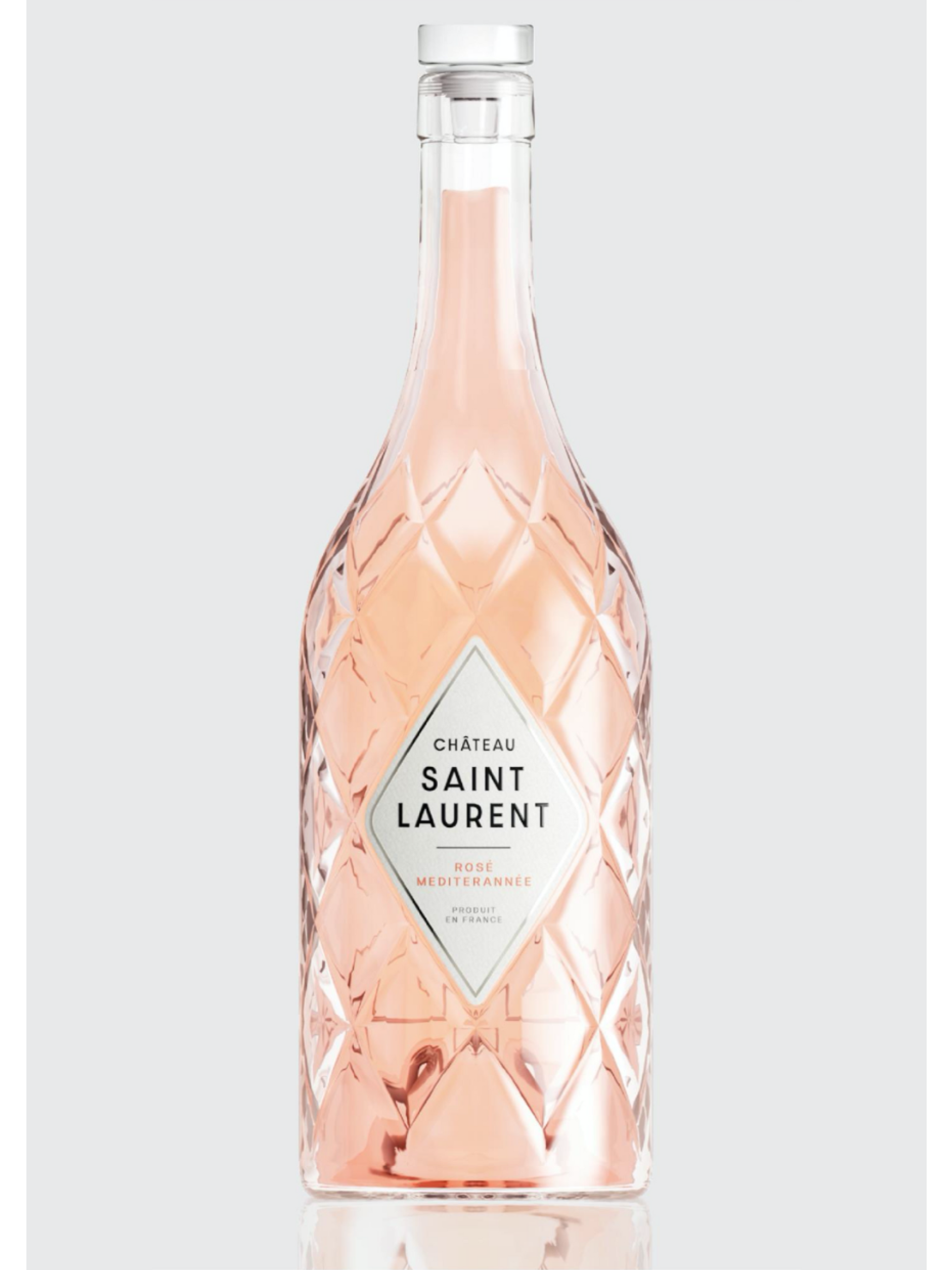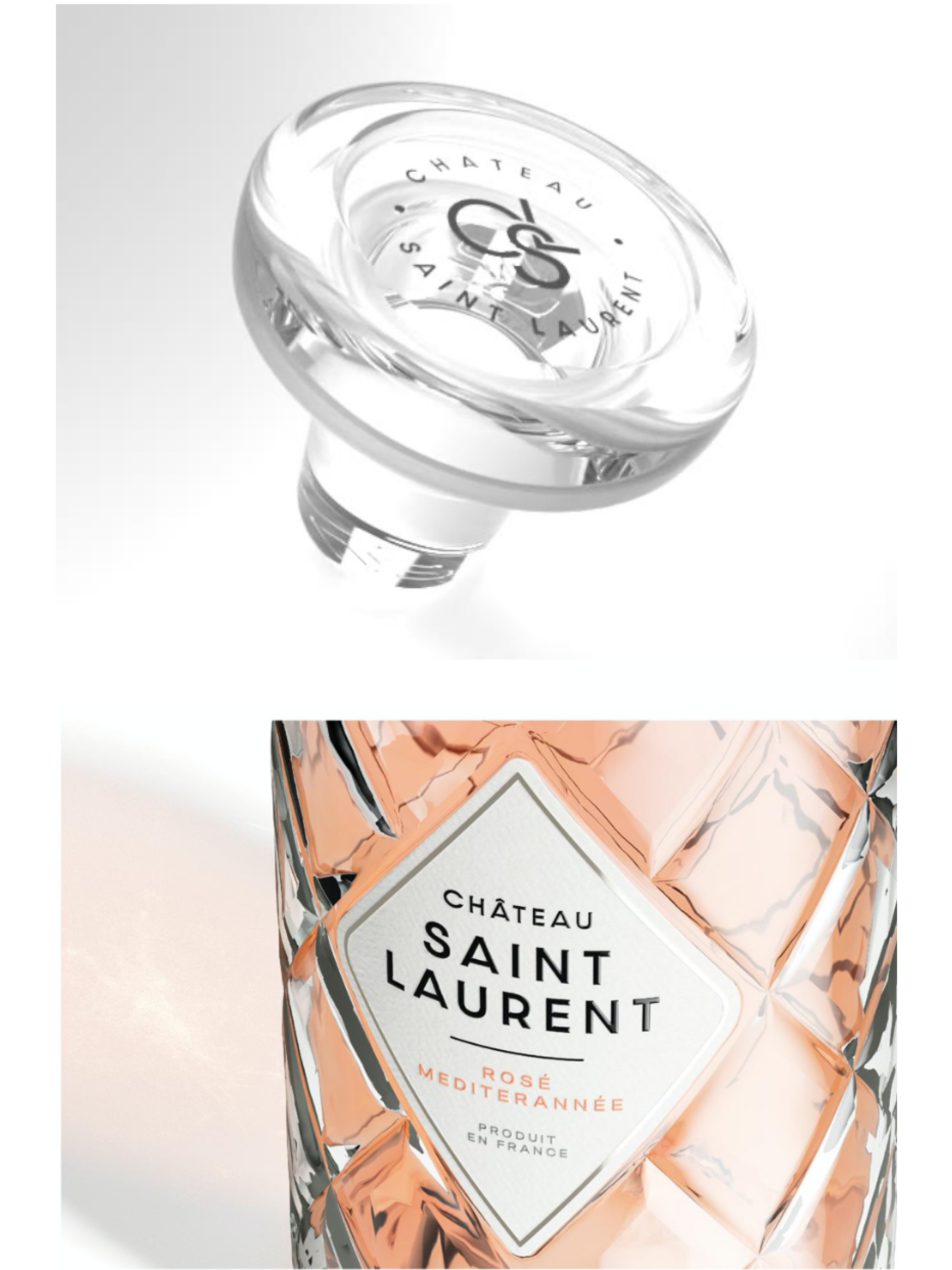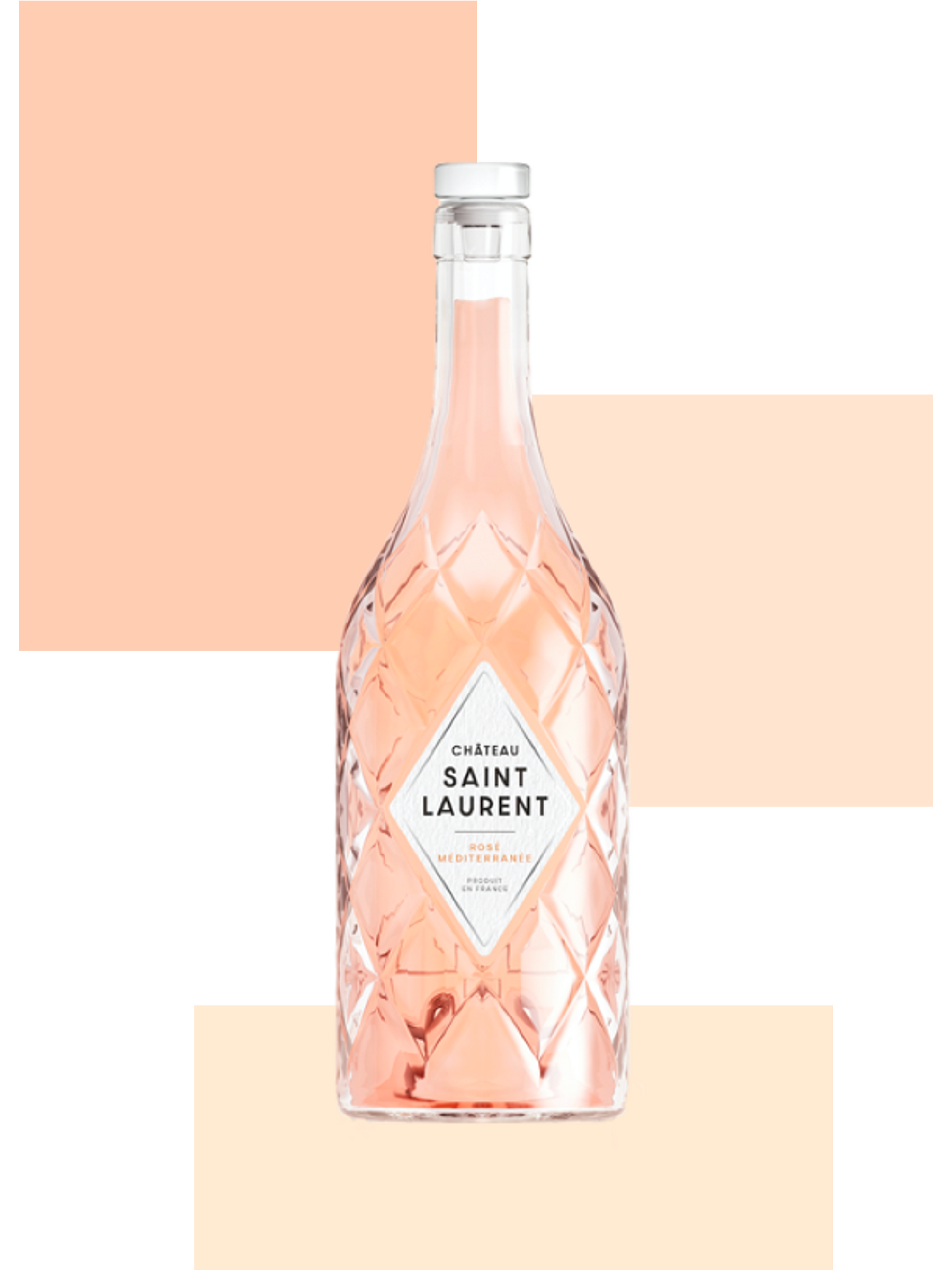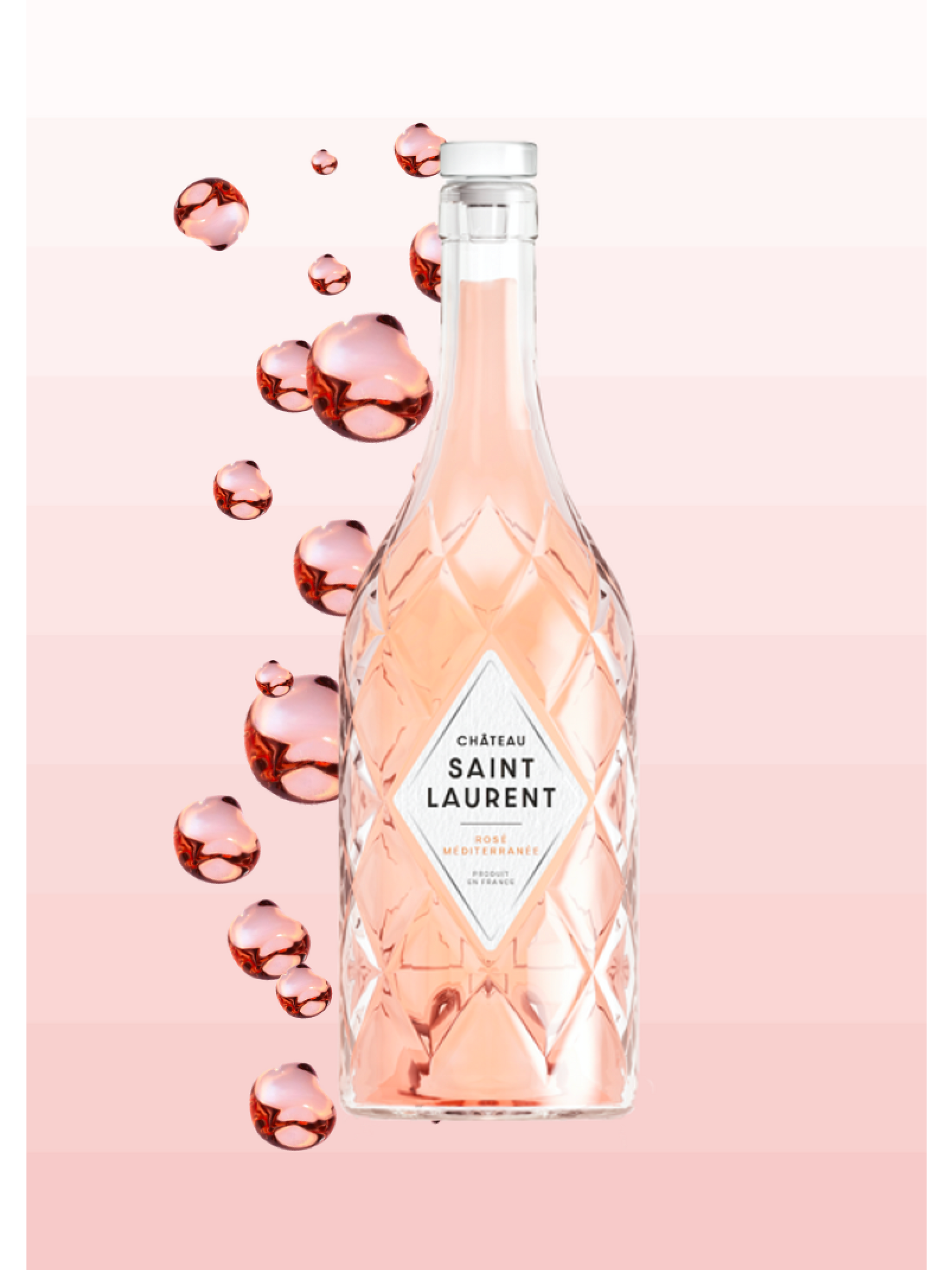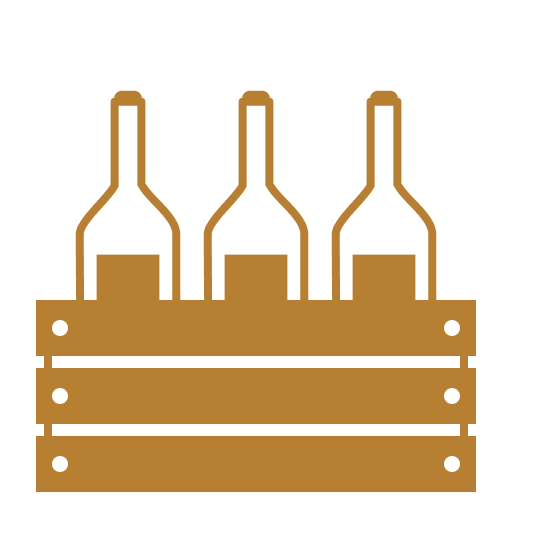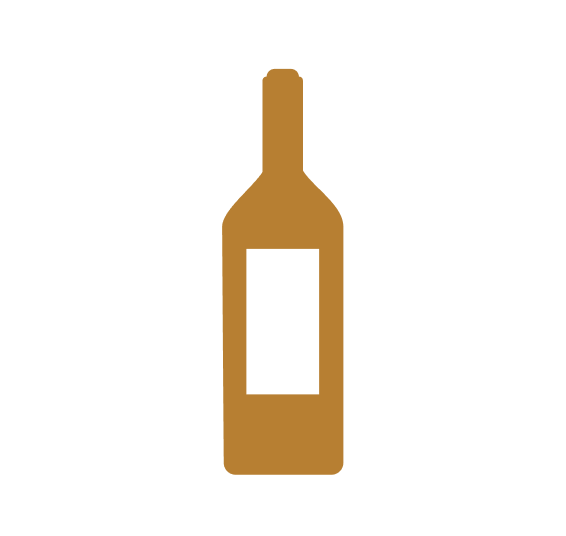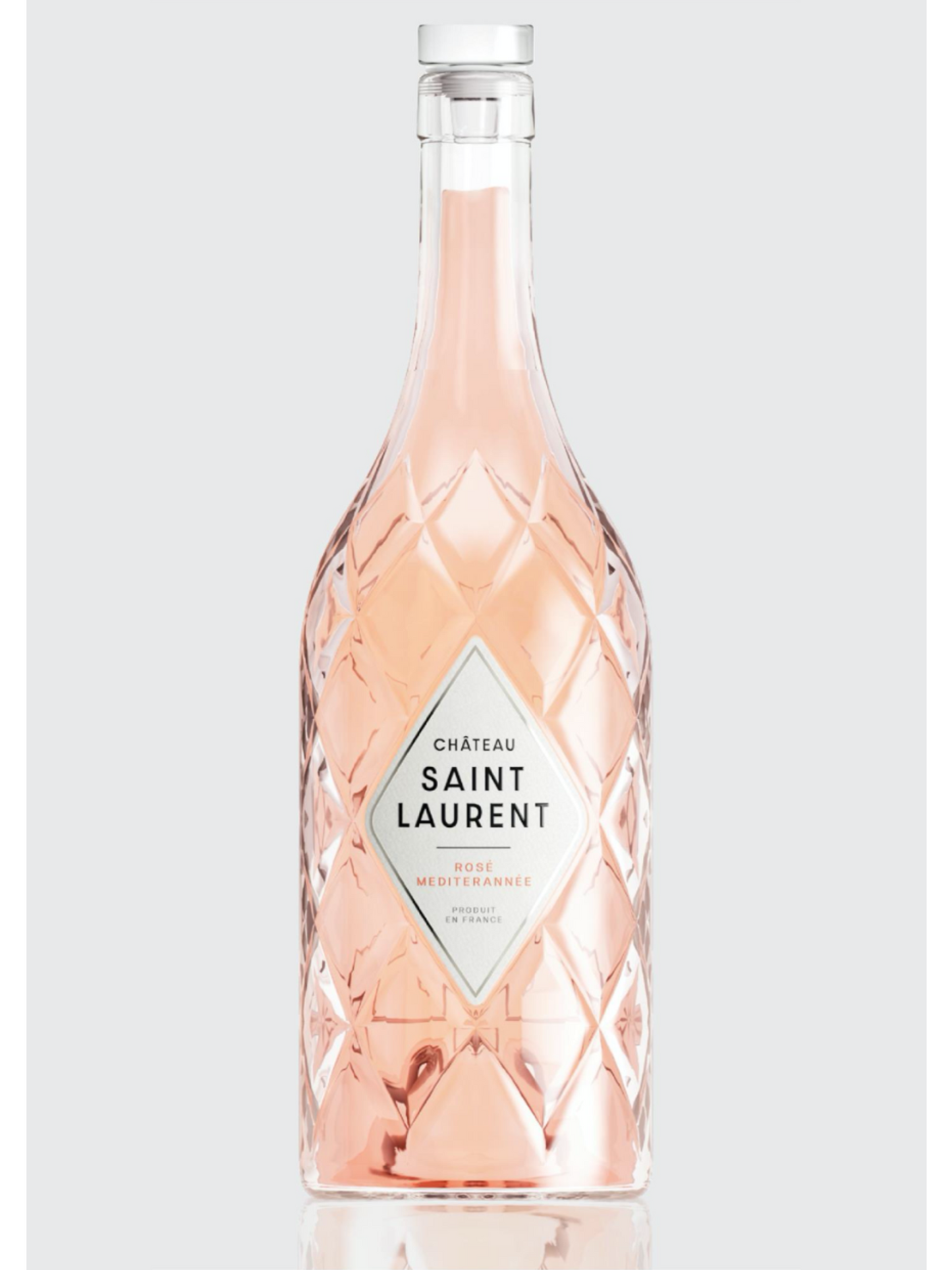
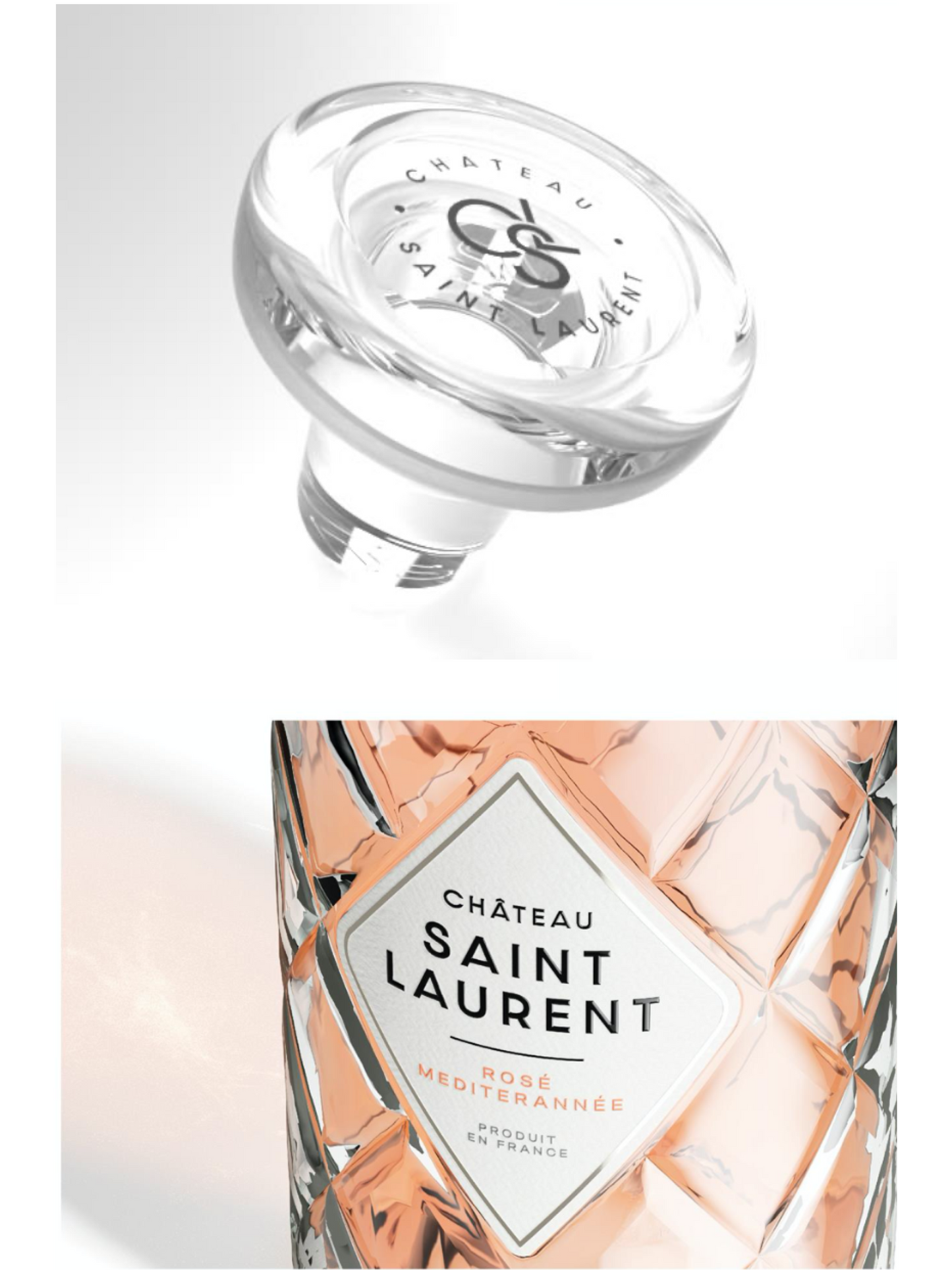
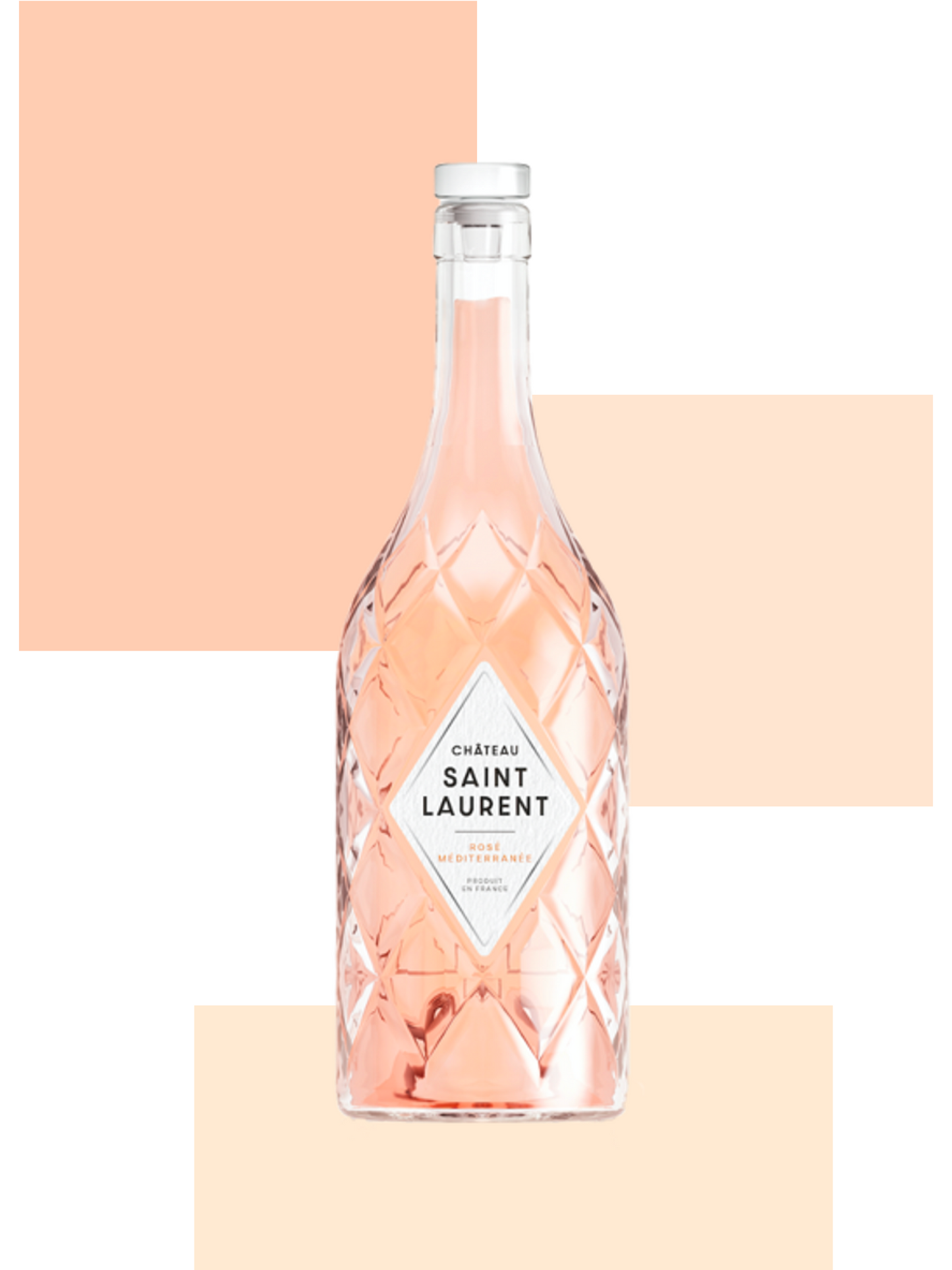
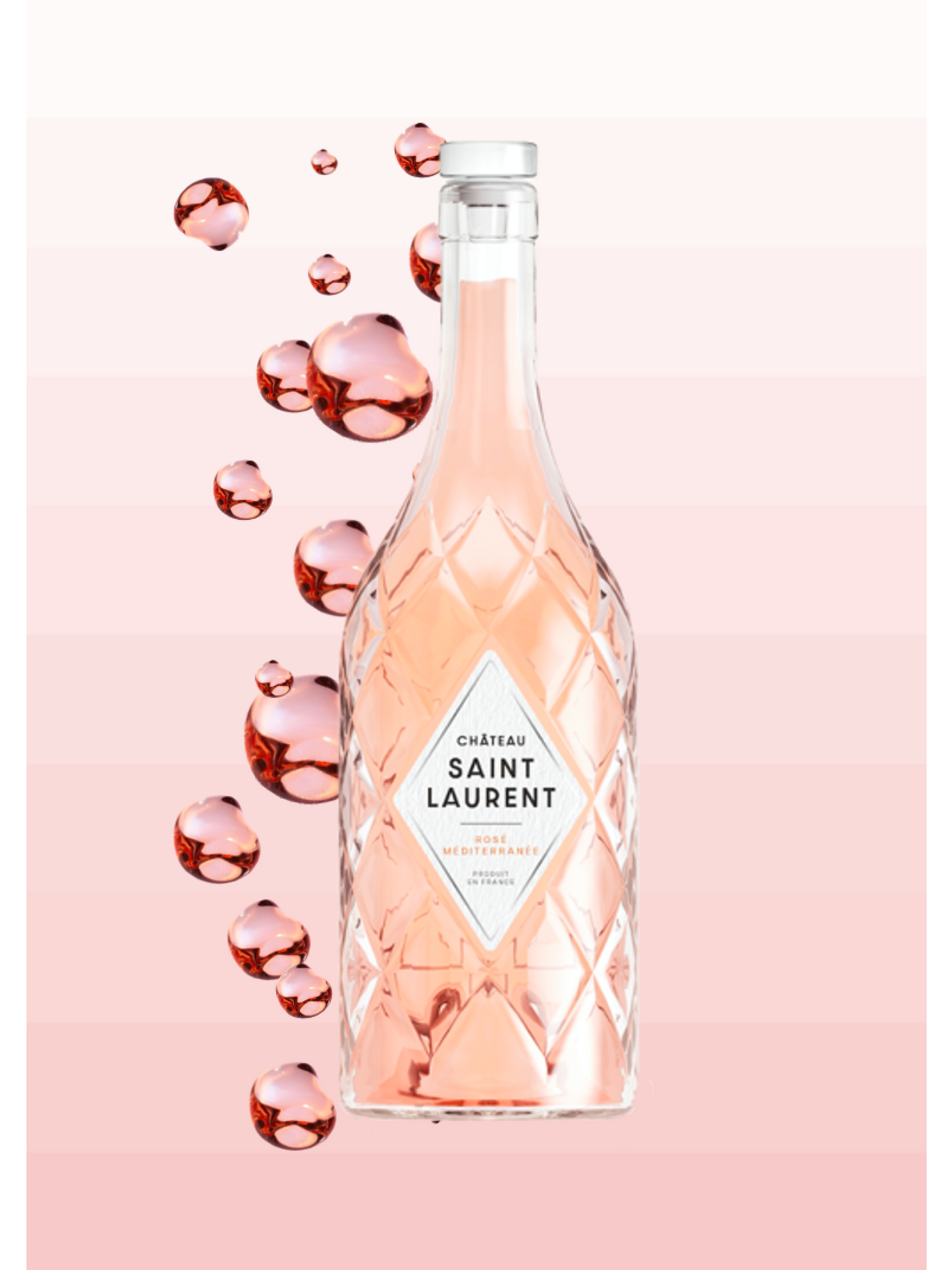
Château Saint Laurent, 2023
Détail du vignoble
| AGRICULTURE | Organic |
| GRAPE VARIETIES | Grenache, Syrah, Cinsault, Viognier |
| VINEYARD AREA | 40 hectares |
| ANNUAL PRODUCTION | 60,000 bottles |
| HARVEST | Manual |
| TERROIR | A mosaic of terroirs composed of varied soils of pebbles, sand, sandy-clayey, silty-clayey |
Histoire et anecdotes
Ancestral Viticulture
As early as the 5th century, the presence of vineyards located to the east of Château Saint Laurent is documented in writings. However, it is highly probable that this terroir, blending sands, clays, and rolled pebbles, very conducive to the cultivation of Vitis Vinifera, was cultivated by the Romans as early as the 2nd century BC.
An ancient fortified farm at the heart of vineyards, fruit trees, and olive groves, the construction of Château Saint Laurent began in the 12th century by the Hospitallers of Saint-Jean-de-Jérusalem. The castle then served as a refuge for pilgrims from Italy and the East wishing to join the Via Tolosana – the route to Toulouse to reach Saint-Jacques-de-Compostelle.
The estate comprises 40 hectares classified under AOC Côtes-du-Rhône and IGP Méditerranée. It has a cellar allowing for on-site vinification of the entire production. As a historical building, Château Saint Laurent has been fully renovated while preserving its original appearance.
The Path to Agroecology
Château Saint Laurent is a pioneer. The entire estate chooses the path of agroecology to enhance the natural fertility of the soil, replicating the cycle of nature. Through agroforestry, vegetative covers, polyculture, and livestock farming, Château Saint Laurent aims to develop a microcosm benefiting soil fertility. Hundreds of trees are planted to diversify the hedges. Beehives, a chicken coop, a sheep farm, vegetable gardens, are already in development to promote biodiversity.
A Mosaic of Terroirs
More than a single terroir, a mosaic of terroirs makes up Château Saint Laurent, allowing each grape variety its finest expression through an optimal pairing of Grape Variety and Geomorphological Unit.
Château Saint Laurent is located on the top of a hill with limestone outcrops, immediately upstream from the confluence of La Durance and the Rhône.
The geological context of the estate is therefore influenced as much by the Rhône as by the Durance:
- For the Rhône, ancient sedimentary contributions, organized in tiered terraces, with gravel and rolled pebbles;
- for the Durance, morphological evolution, related to erosive actions..
The distribution of soils is related to the geological context and the organization in tiered terraces On the high alluvial terraces: predominantly silty-clayey soils with numerous patches of gravel.
- On the low terrace: predominantly sandy-clayey soils.
- On the colluvial slope: predominantly silty-clayey soils with multiple streaks of pebbles and local inclusions of sandier areas.
- A nearby clayey subsoil is found in certain plots, allowing the most sensitive grape varieties to limit water stress.

Caractéristiques
FEATURES
| APPELLATION | AOC Côtes-du-Rhône, Rosé Méditerranée |
| CERTIFICATION | Organic |
| GRAPE VARIETIES | Grenache, Syrah, Cinsault, Viognier |
| ALCOHOL CONTENT | 12% |
| pH | 3.38 |
| g/H2SO4/l | 3.33 |
| YIELD | 40 hL / ha |
| SERVICE TEMPERATURE | 8 - 10°C |
| BOTTLE | France origin, designed by a Parisian workshop |
| CLOSURE | Vinolok |

